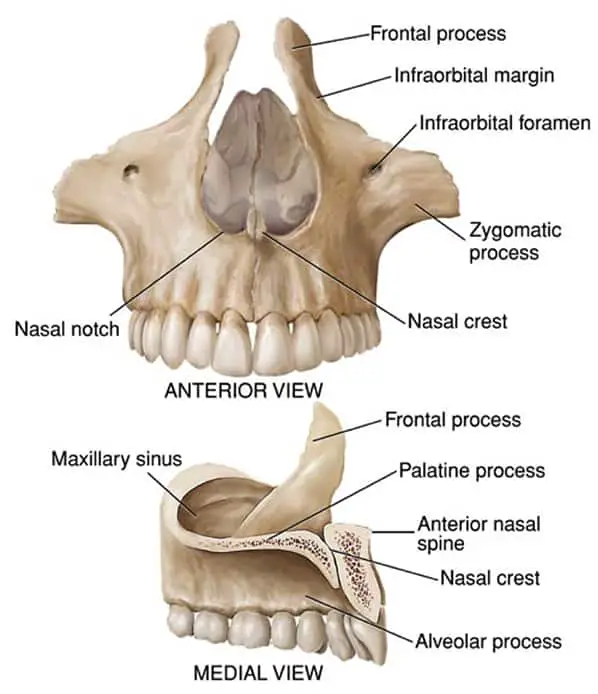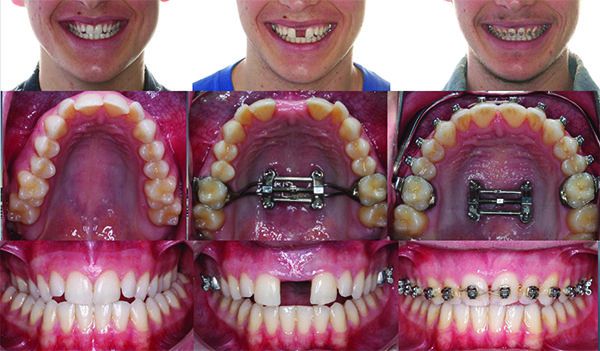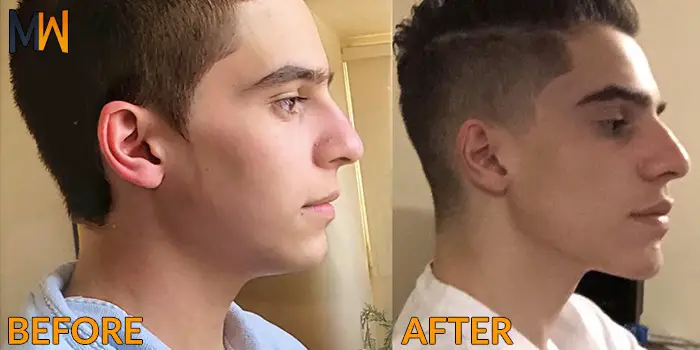
The maxilla is the main determinant of an attractive face. As a person grows older, the maxilla’s changes become less extreme, and it becomes less pliable to changes.
The peak age for maxilla growth is in the teen years up until the very early twenties. For women, the growth may start peaking at 14, while for men, it may start at 16. However, the maxilla does not ever truly stop changing. It just drastically slows down the rate at which it changes.
Most people assume that changes to bones stop over time. However, that is not true at all. Even at an older age, the bones of human beings still change, albeit not as much or as extensively as during youth. Still, it does not diminish the fact that bones change even in later years.
The maxilla is no exception. The maxilla continues to change way past early adulthood. But, these changes are no longer the same type as the changes during the teens or younger years. Real growth is experienced when you’re still a kid, but as an adult, the bones mainly just remodel to a degree.
This study by Sharma et al. (2014) found that intercanine width (or the distance between the canines) decreased by 1.7mm by 45. This result is not conclusive proof of an age limit to growth. It merely serves as an illustration of how the maxilla changes even later on.
Parts of the Maxilla
The maxilla consists of two main parts. The body and the processes. The body is the largest part of the maxilla and is a pyramid in shape. In the body, you can find the sinuses and part of the nasal cavity.

There are four different processes of the maxilla, each with their own function:
1.Alveolar Process
The alveolar process is the part of the maxilla where one can find the roots of the teeth. Located in this process is the dental cavities where the teeth begin. It is more of an extension of the maxilla and is much more porous. Alveolar bone has the highest bone remodeling rate of the whole body.
2. Frontal Process
The frontal process is an upward-projecting extension of the maxilla. The lacrimal groove is in this part of the maxilla.
3. Zygomatic Process
The zygomatic process is probably something you have a bit of familiarity with. It is the part that connects the maxilla to the Zygomatic bone, otherwise known as the cheekbone. It also supports the tissue under your eyes.
4. Palatine Process
The palatine process forms the largest part of the hard palate. Similar to the others, it is an extension of the maxilla. It constitutes the roof of the mouth and the floor of the nasal cavity.
The maxilla anchors some of the most important parts of the face, like the upper row of teeth and the nasal cavity. It is not a bone to underestimate. It can do a lot to a face in terms of attractiveness.
For more info on the maxilla’s role in attractiveness, check out this Looks Theory episode:
Growth of the Maxilla
The maxilla’s development after birth is by width, length, as well as height. The growth of the maxilla is different over the years. Plus, it also differs depending on whether you are a woman or a man. For men, the growth of the maxilla, or the face in general, increases at ages 16-18, and decreases at ages 18-20, according to this study by Love et al. (1990).
On the other hand, in this study by Foley et al. (1992), women are more likely to experience more growth at ages 14-16 than between the ages of 16-20. These results show that the growth of the maxilla decreases over time and is also different for the sexes.
It is very difficult to answer when the maxilla stops growing because it does not; not really. In one study that tried to look at the craniofacial changes in people ranging from 17-83, the researcher found that even in the 80s, the face changes, and there is craniofacial growth. We see this manifested in how the faces of people who grow older also change. Or how the faces of people with disorders also change.
A better question to ask would be, when does the maxilla grow the most? From childhood to puberty is when the maxilla does the vast majority of its growing. This opportune time is when most changes will occur. The growth of the maxilla is not linear throughout the years, and you should not expect it to be. At times the growth will be massive, while at times, it will be less. The general rule of thumb is that the older you are, the less room you have for any changes.
Even then, though, the changes do not completely stop. There are plenty of growth opportunities, even outside of the optimal window.
This video has more info on how the adult skeleton changes with aging:
Mainly, we lose cheekbone mass in the maxilla as we age.
Luckily, there are ways that you can change your maxilla and make it look better.
How to “Grow” Your Maxilla
Maxillary Skeletal Expander

An MSE is a tool that you can use to expand your upper palate. The device consists of a screw attached to the palate to split the midpalatal suture. In effect, the split suture will allow the maxilla to expand and grow. This expansion will also affect the cheekbones and breathing. People who have tried a Maxillary Skeletal Expander reported improvements in their breathing patterns and ability to breathe, in general.
The split suture will not look like a gap in your mouth. Instead, the body will naturally fill it in until it is virtually the same as before. A con to this process is that it can get very painful. Those who have had the MSE say that it feels like your skull is breaking open. Of course, this process is closely monitored by a professional, and it’s not like you can just go out and buy one for yourself. Though a largely uncomfortable process, the MSE is a product of research and proven results.
If you are not picky with pain and can stand it, MSE is a great way to expand your maxilla even at an older age. It can get pretty challenging to see any more changes in the maxilla beyond the middle 20s, so other procedures might benefit you.
Mewing

Another way to change the look of your maxilla is through mewing. Though it will not technically grow or change the form of your maxilla, it will move it forward and cause it to remodel into a more attractive shape. It does make changes to the dental arch.
Mewing is essentially just the application of proper tongue and oral posture. What this proper oral posture does is improve the overall dynamic of the face. Because the positioning of the tongue is in the right place, the dental arch will widen, and the maxilla will move forward. For mewing, you must have enough space in your palate for your tongue to fit. If you do not, you will not be able to mew properly. An MSE is a good fix for a small dental arch and is useful in mewing.
For something that requires no additional tools apart from habit and determination, mewing is an incredibly effective process. The main downside is that it takes years to get results, possibly decades.
For more information on mewing, check out our Ultimate Guide.
Conclusion
The maxilla may stop growing by the time you get to your 20s, but it continues to remodel throughout life. It’s incorrect to assume that changes to the face stop at a certain age. However, it is safe to say that the changes are not the same throughout the years.
What is true as an adult is that you’re not going to have new bone created on your maxilla like you did during childhood and puberty. Bone is going to remodel and you’re going to lose mass faster in some areas than others, such as the undereye area and the front of your cheekbones. However, mewing can mitigate some of this.


